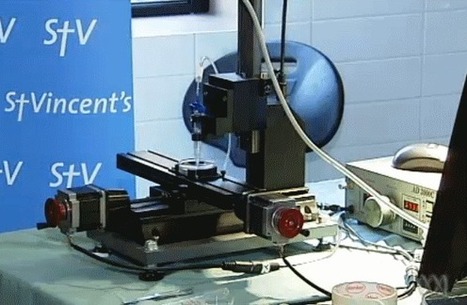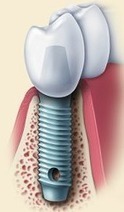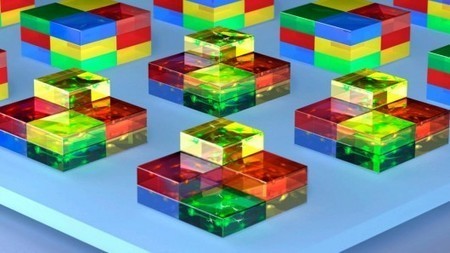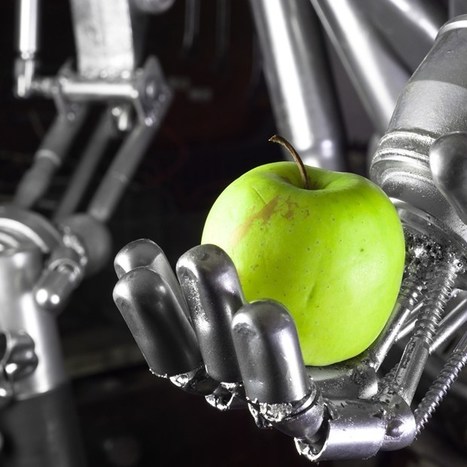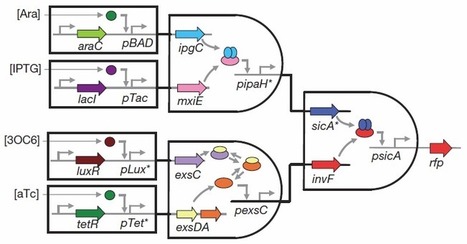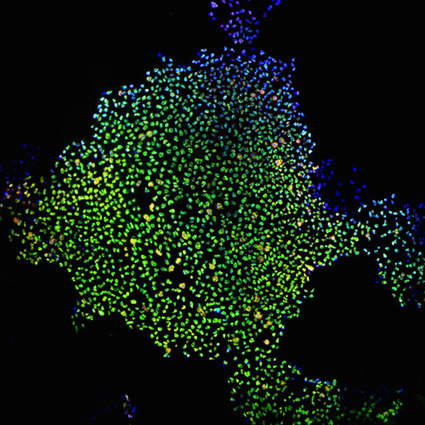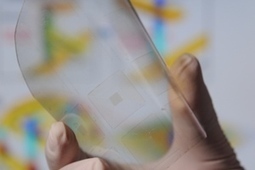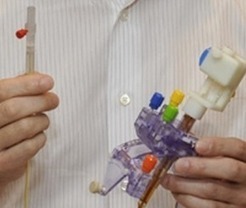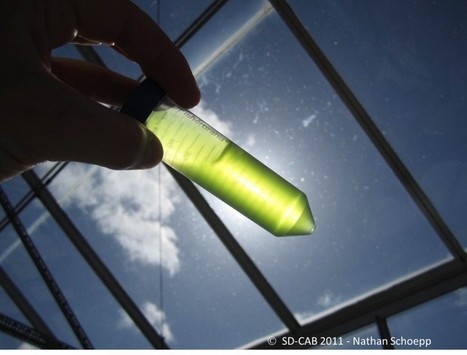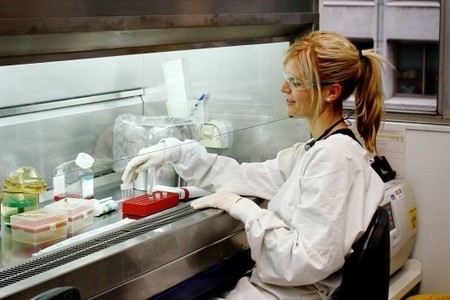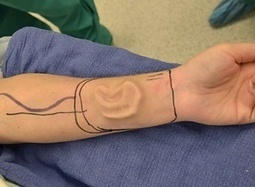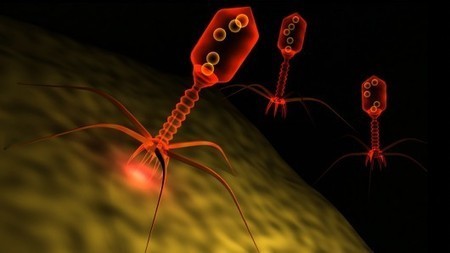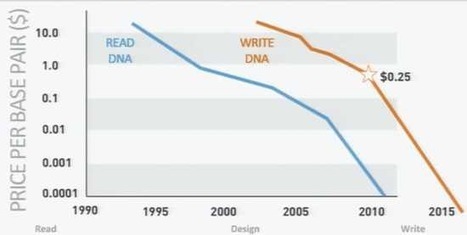A team of researchers from MIT and Harvard Medical School have devised a cheap way of artificially growing three-dimensional brain tissues in the lab. Built layer by layer, the tissues can take on just about any shape and closely mimic the cellular composition of the tissue found in the living brain.
The advance could allow scientists to get a closer look at how neurons form connections, predict how cells of individual patients will respond to different drugs, and even lead to the creation of bioengineered implants to replace damaged brain tissue.
In recent years, we've seen big leaps forward in the technology we use to grow artificial bones, cartilage and blood vessels. As of late, scientists have even managed to grow biocompatible (though not naturalistic) brain tissue. One big hurdle remains, however: brain tissue contains thousands of different cell types, all intricately interconnected and present in varying concentrations in different areas of the brain, which is tough to recreate in the lab.



 Your new post is loading...
Your new post is loading...



